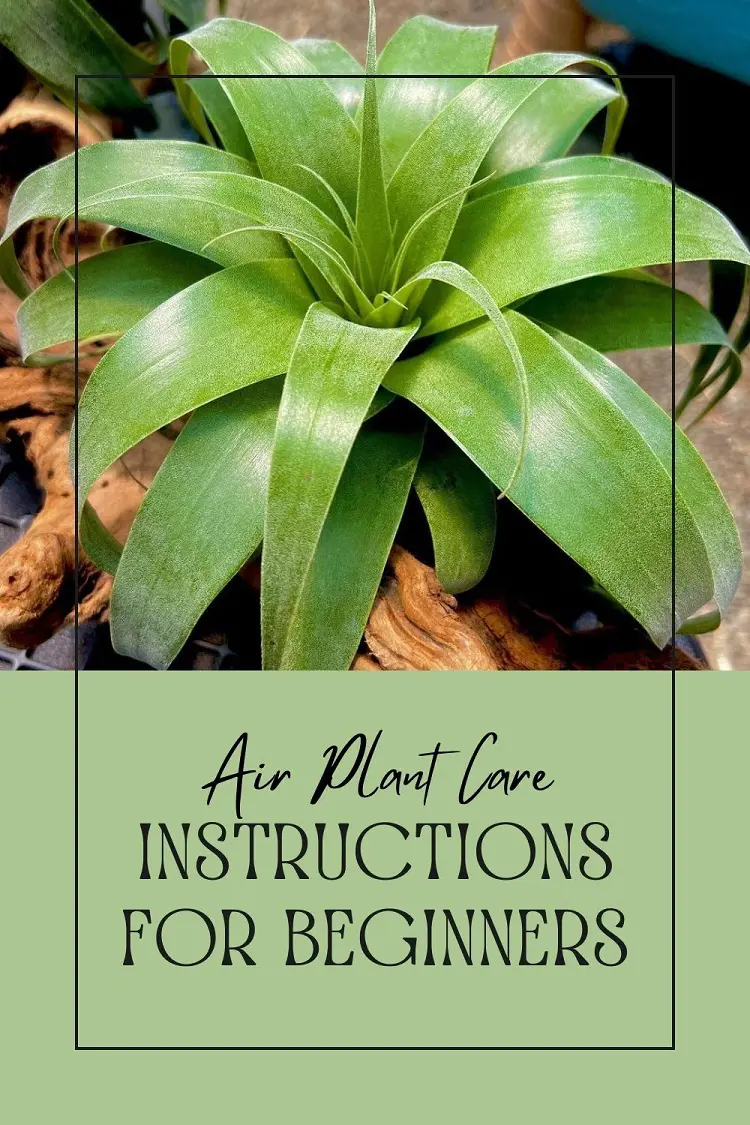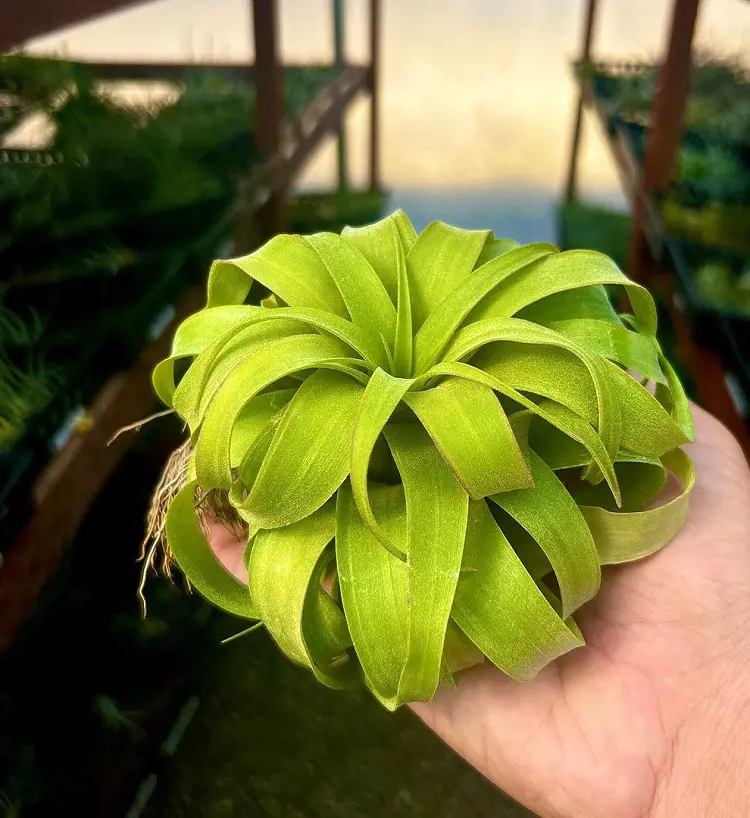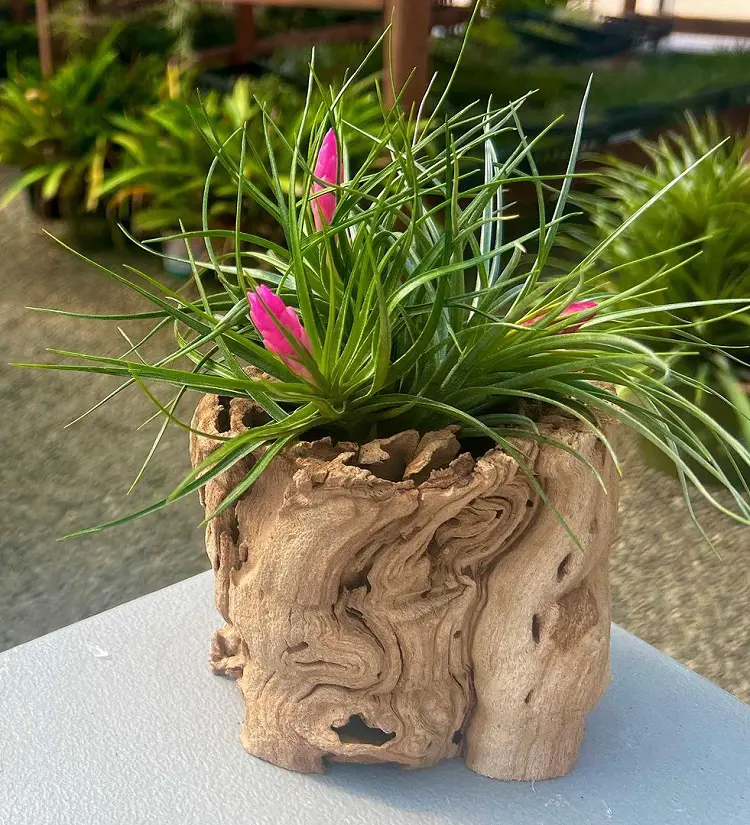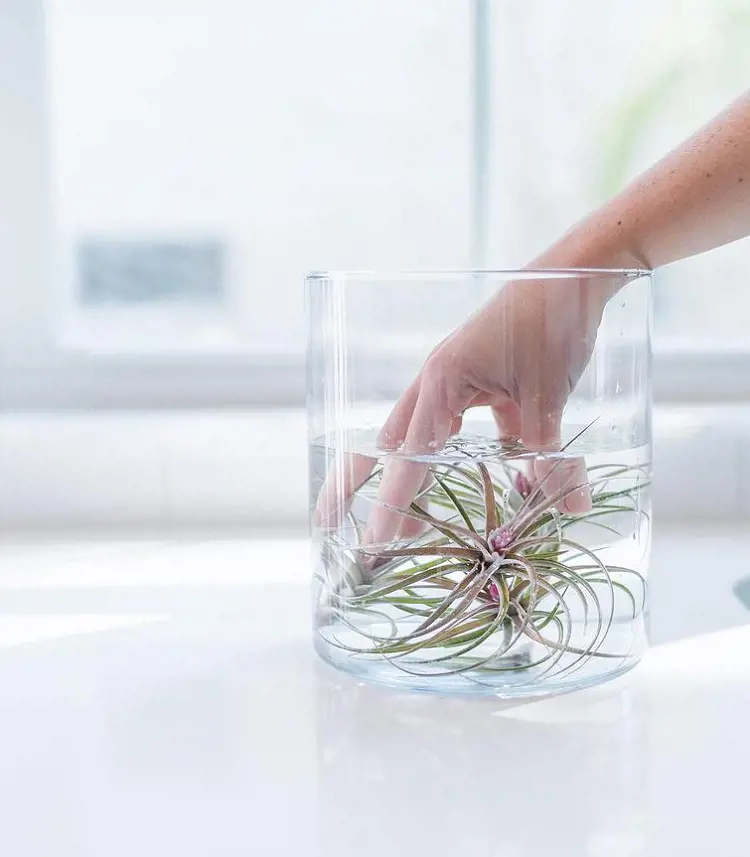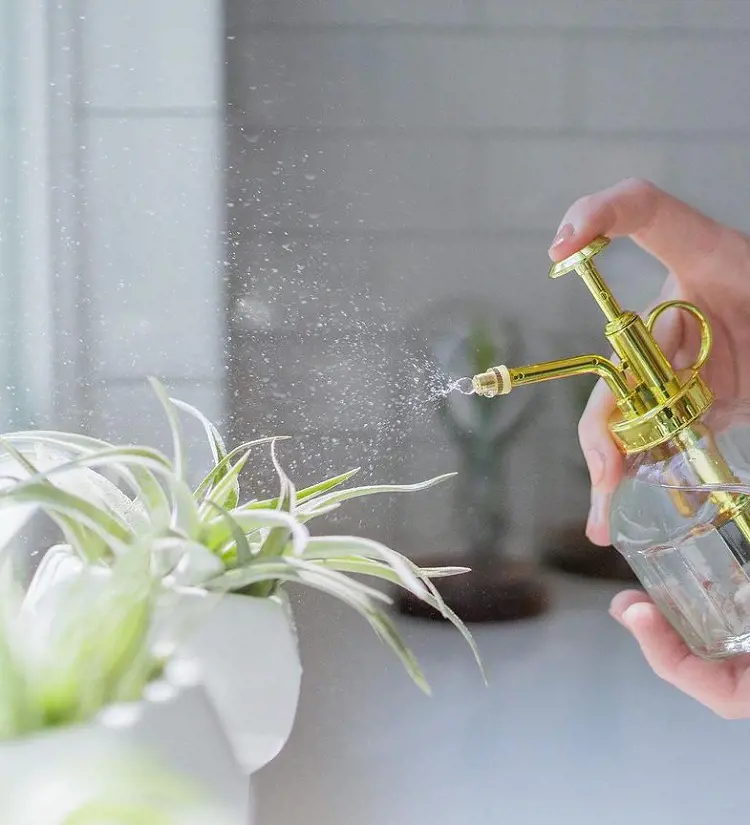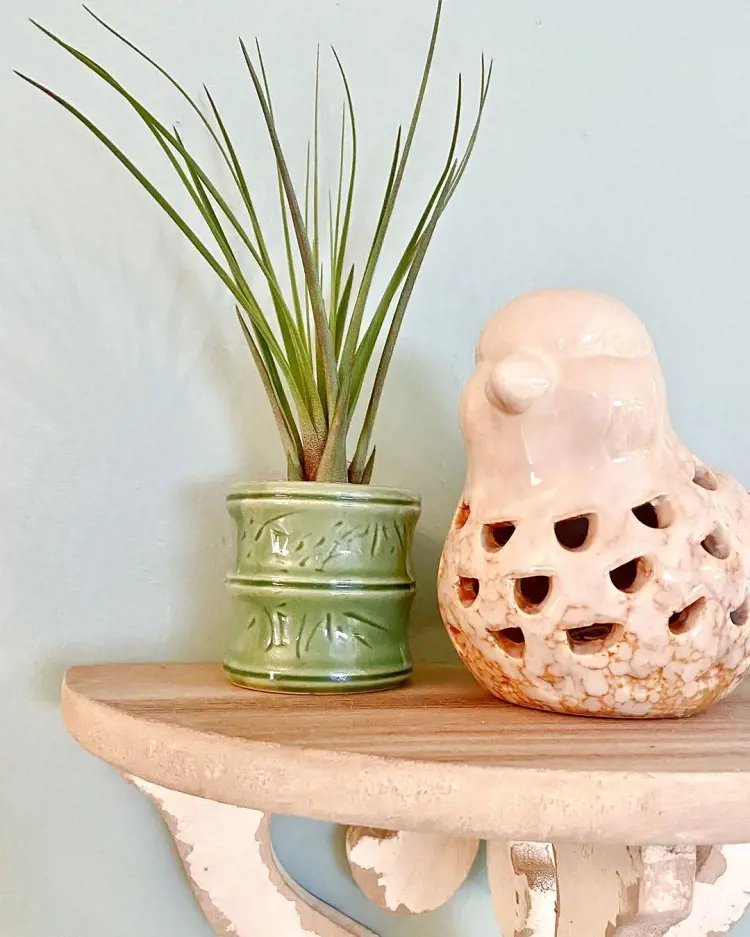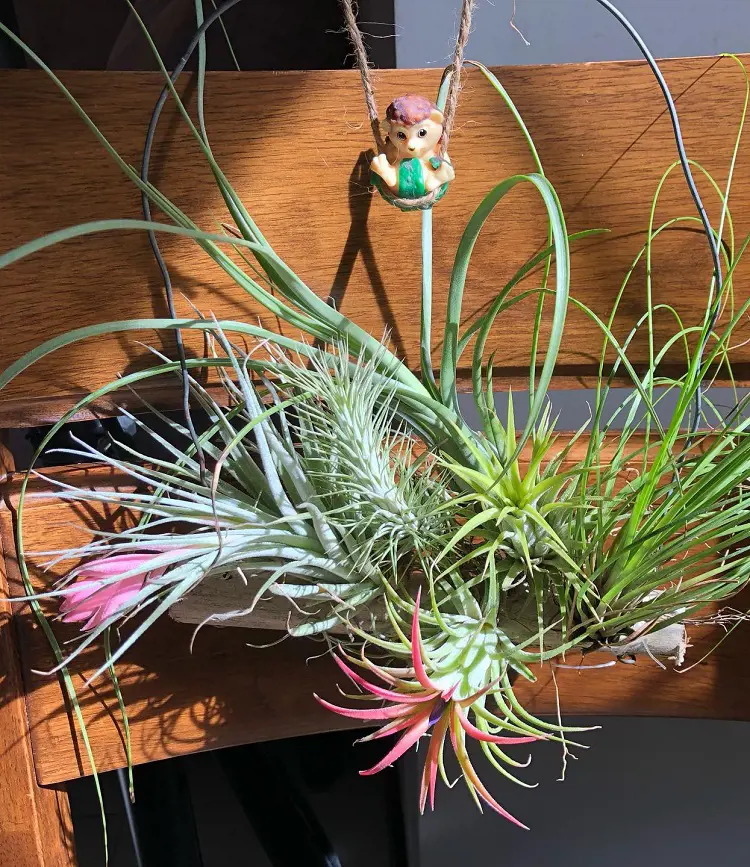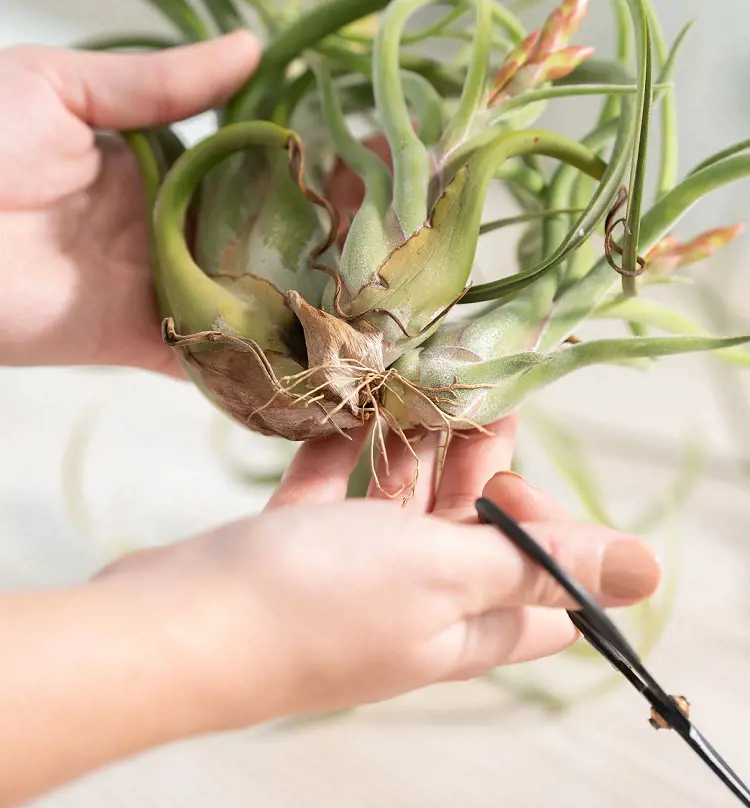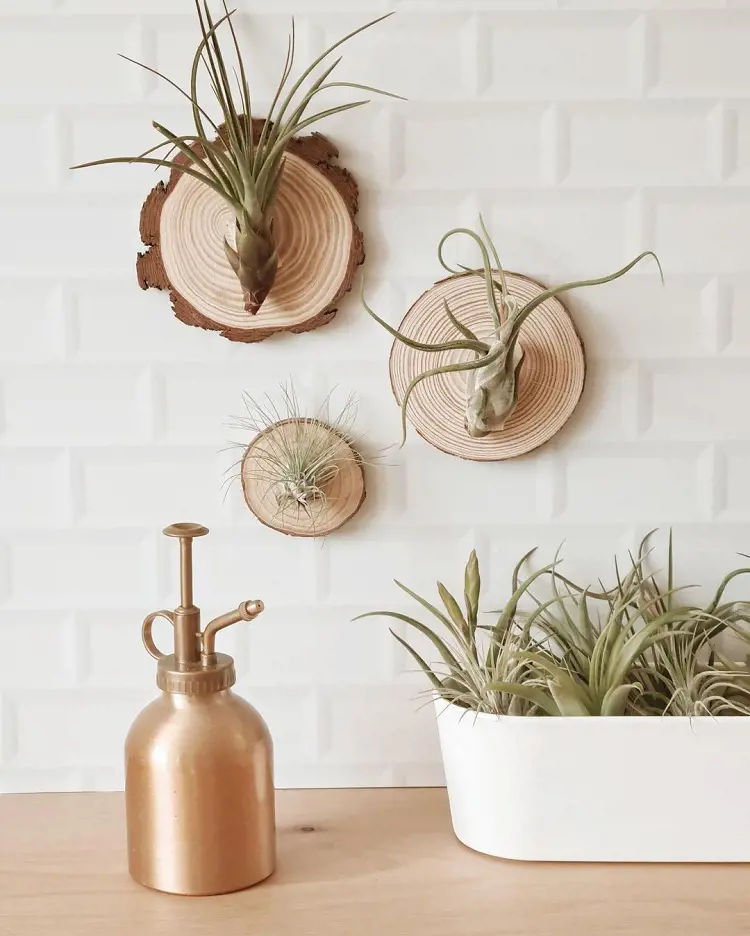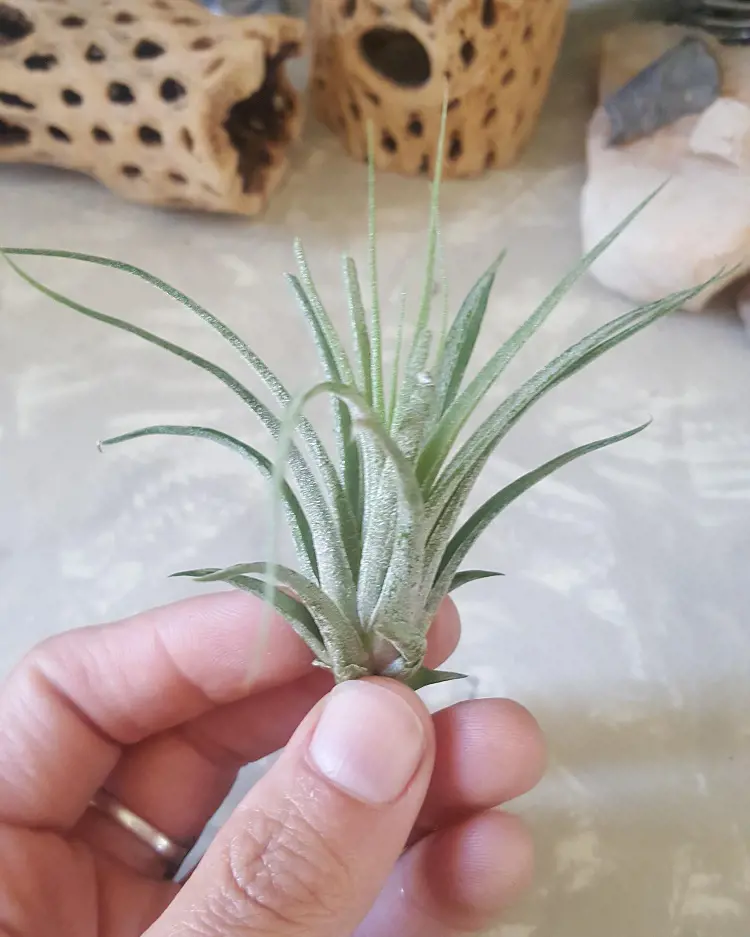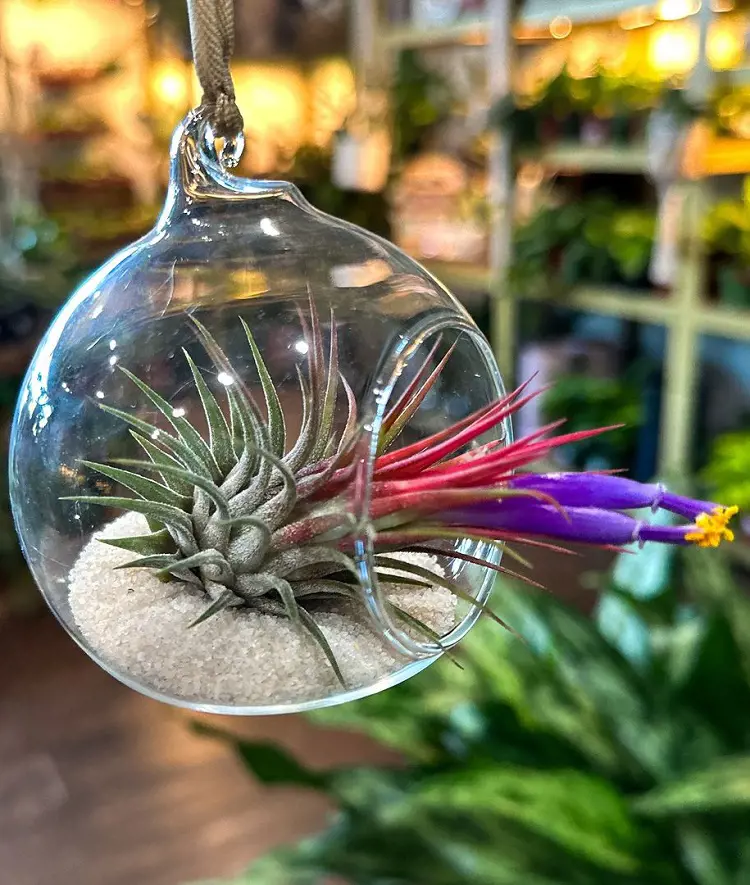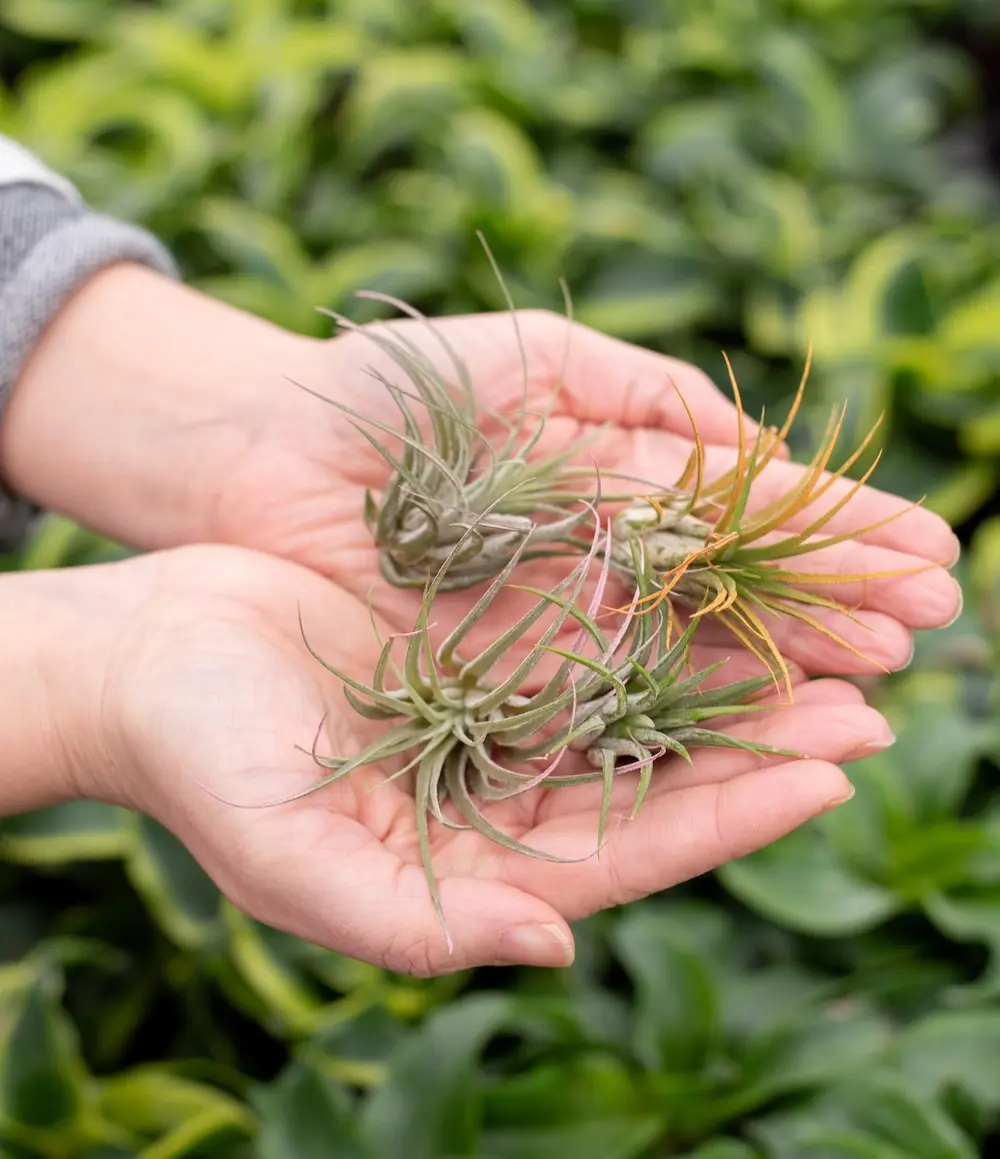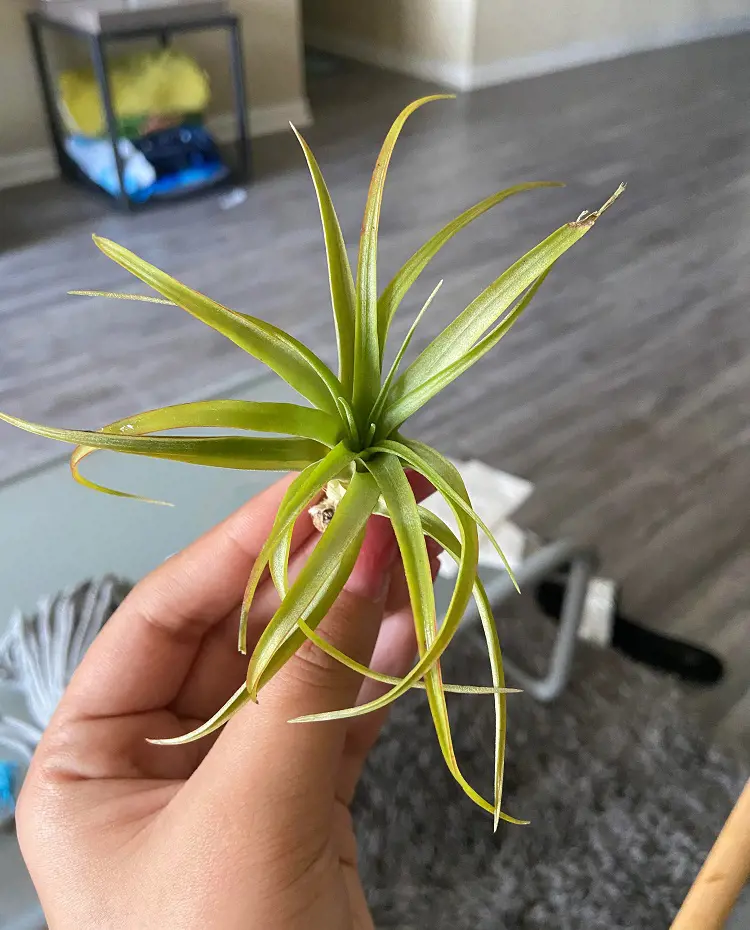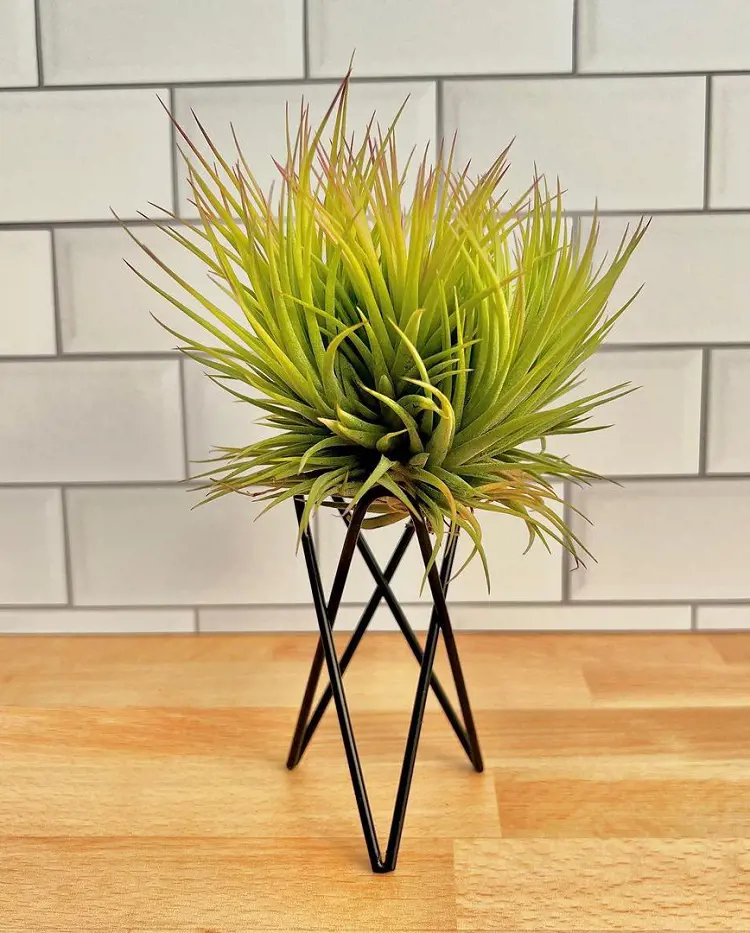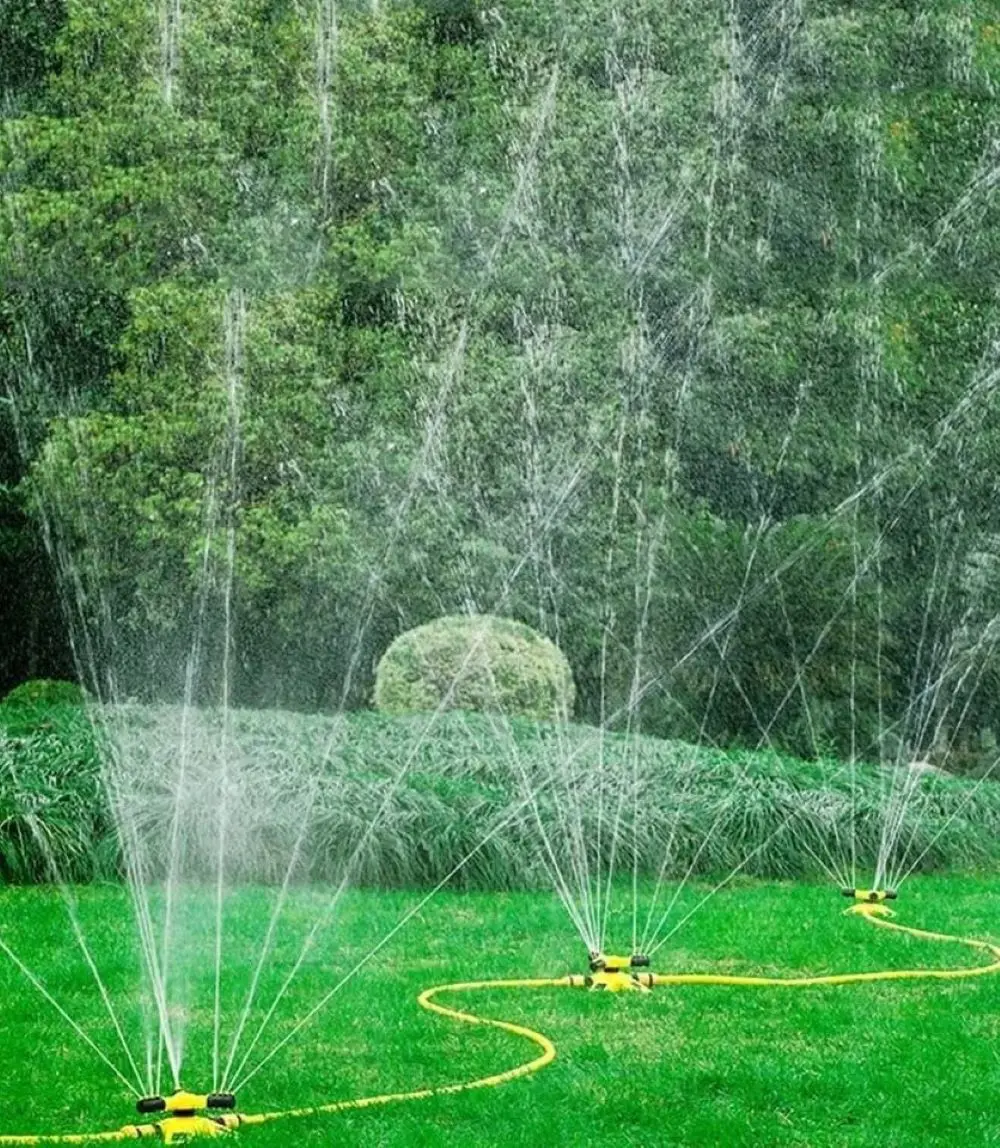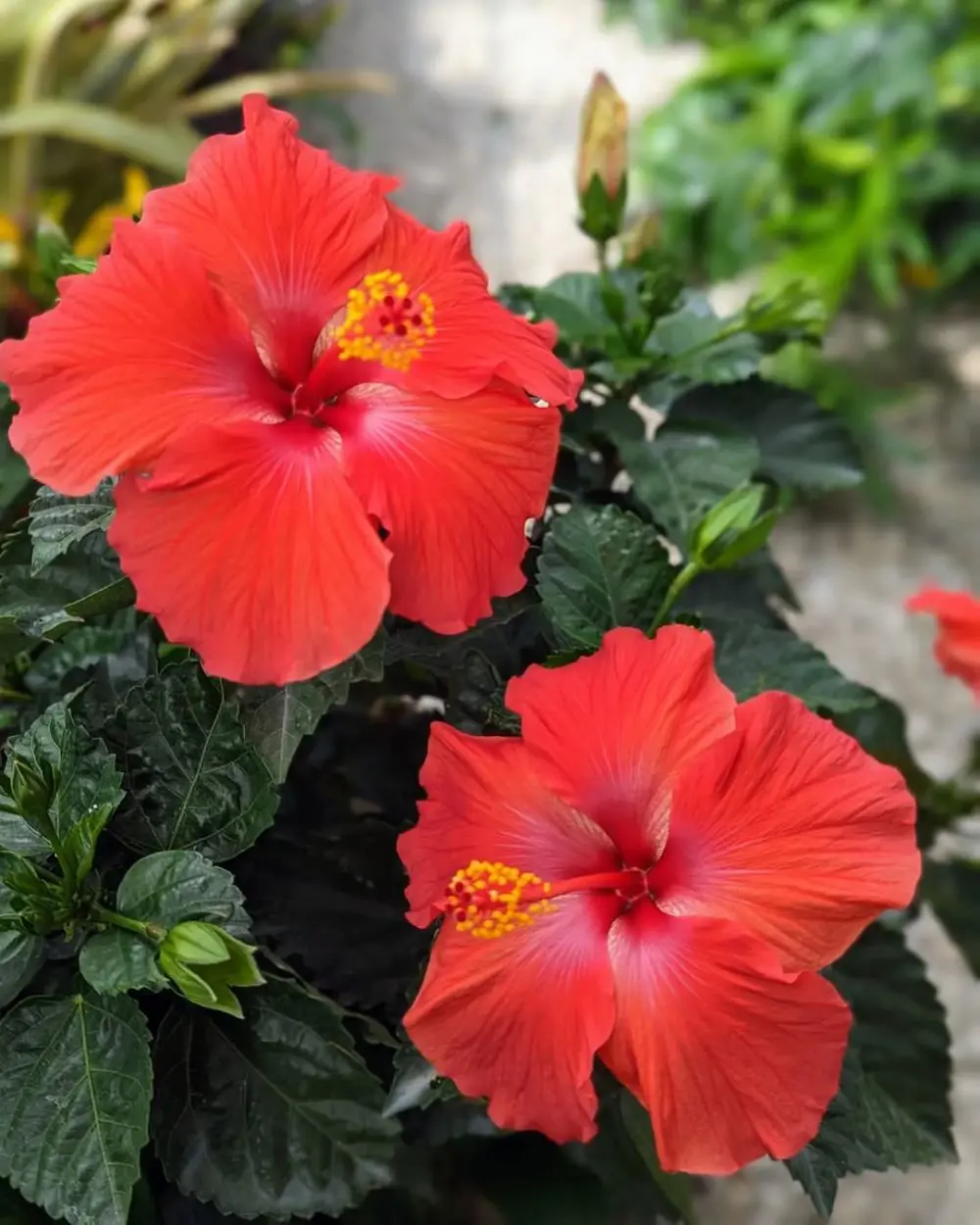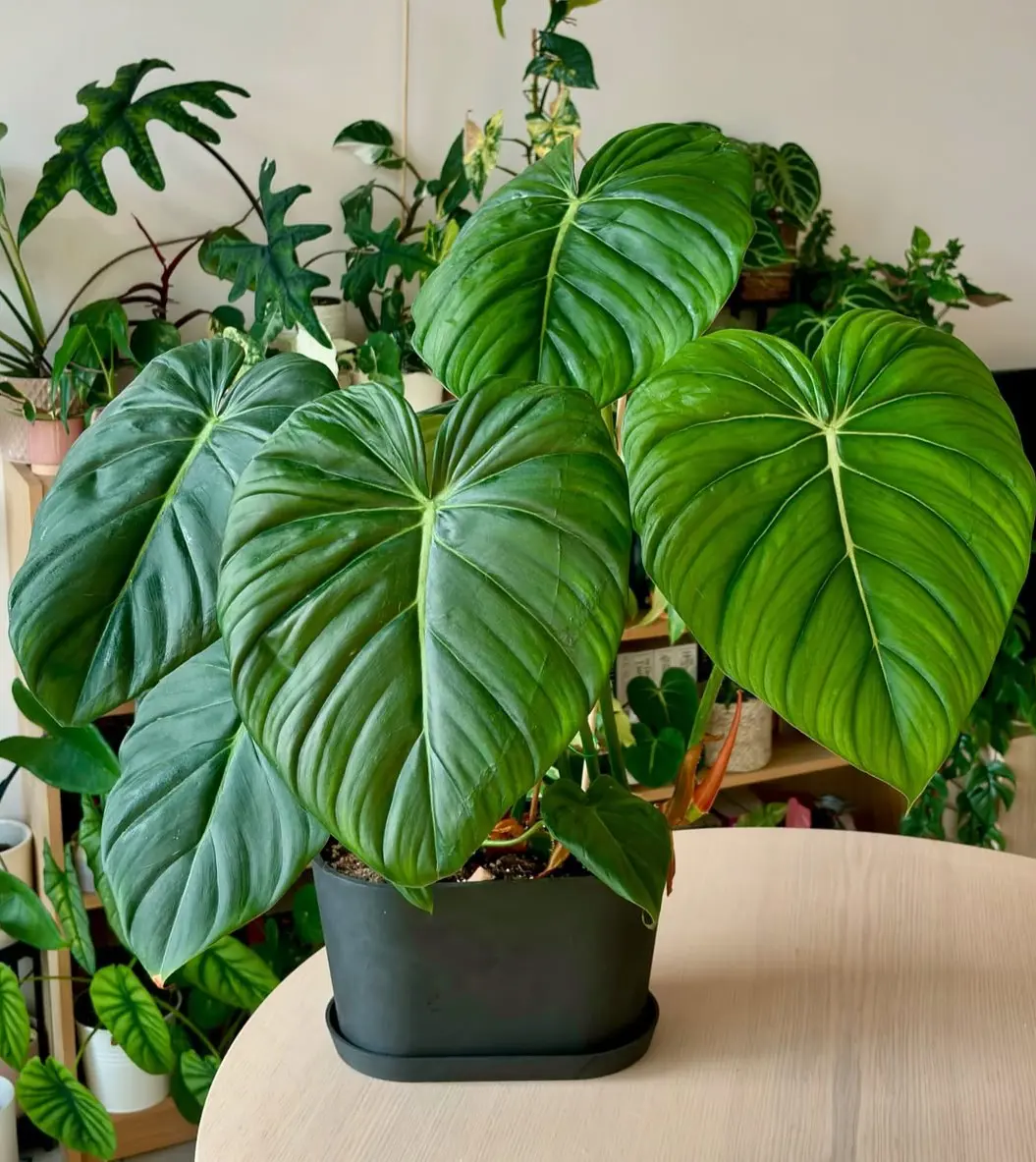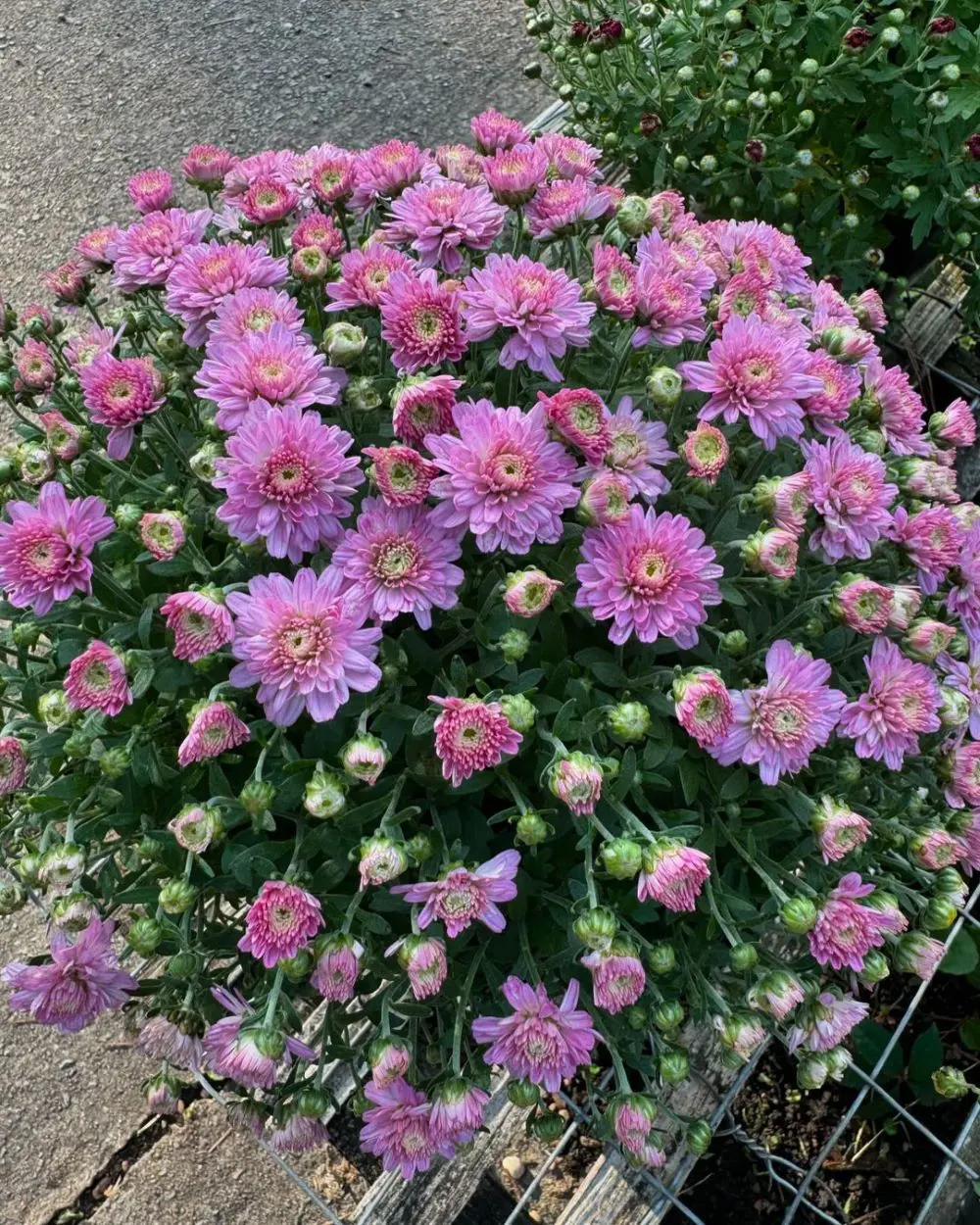Air Plant Care
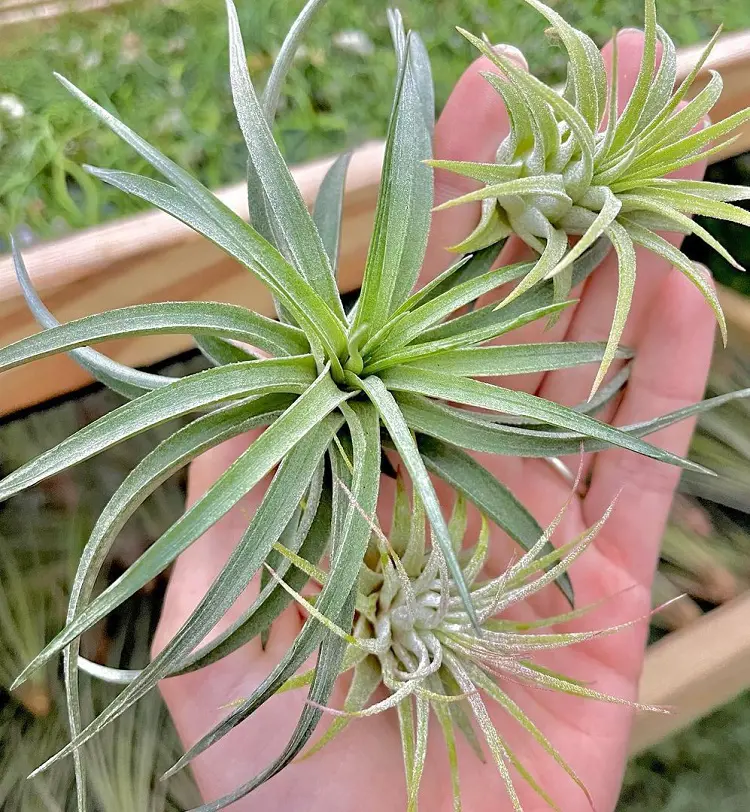
Taking care of air plants is easy with a few key guidelines. While not as resilient as some house plants, they thrive with attention to light, specific watering, and stable indoor temperatures. Unlike typical plants, air plants are unique in their sensitivity.
However, with proper care, they can last for several years. For beginners, a straightforward method involves understanding their light preferences, providing appropriate watering; often a misting or soaking, and maintaining consistent indoor temperatures.
Following these simple steps ensures your air plants flourish, adding a touch of charm to your space without requiring extensive effort.
